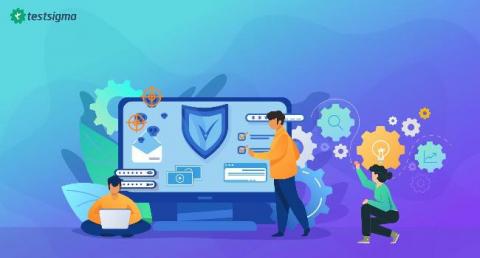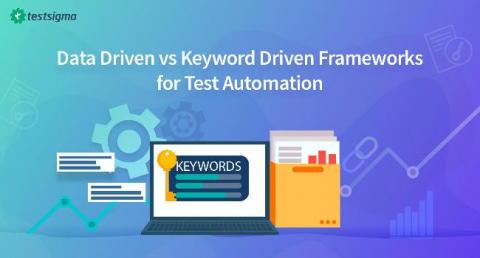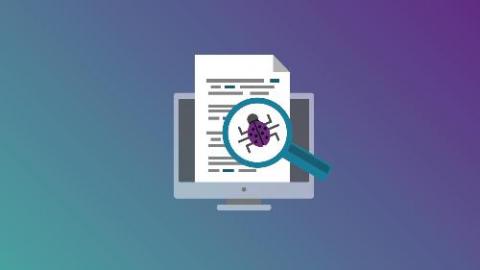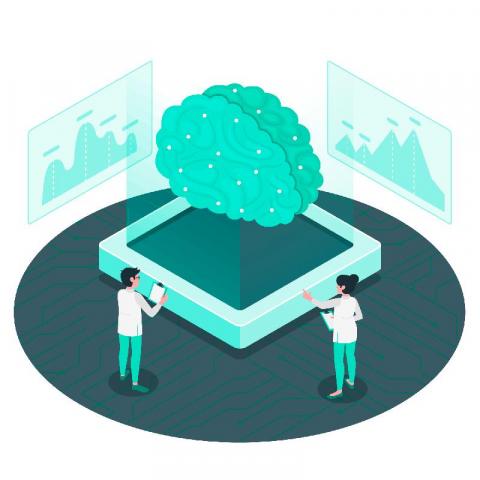Optimize Your Testing Efforts for Continuous Delivery
In these tough times, the well-being of customers and employees is the most important for every organization. During this unexpected crisis, there are teams working from home while there are few workplaces that have reduced workforce. It is a given that the thoughts, efficiency and availability of your team will not be the same as you may expect otherwise. In these conditions, it is vital that the robustness of your software is not compromised.











